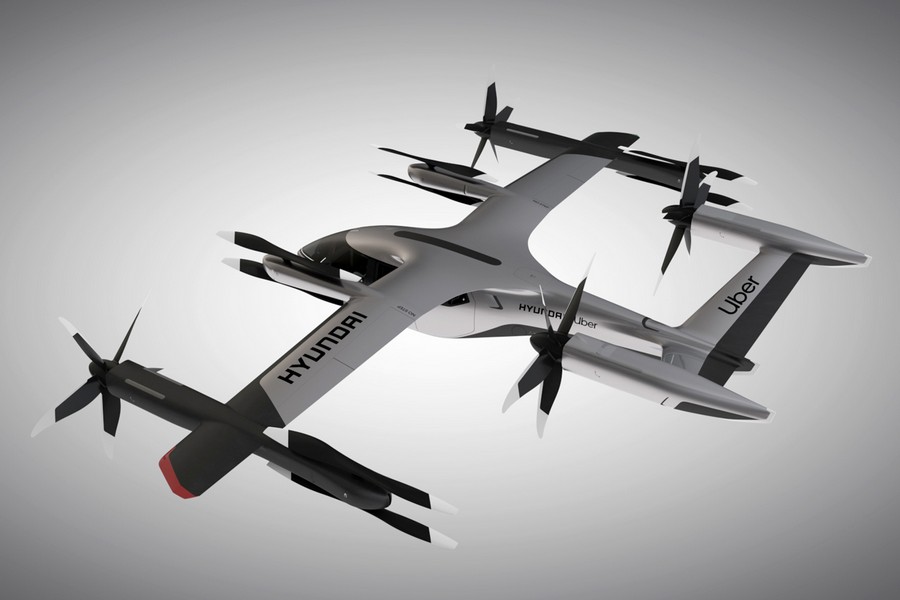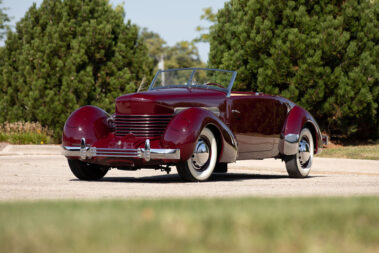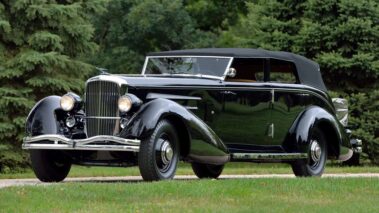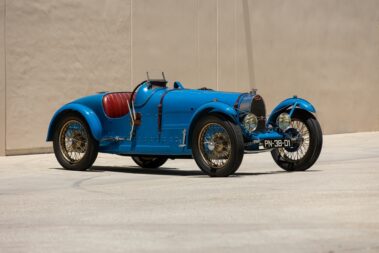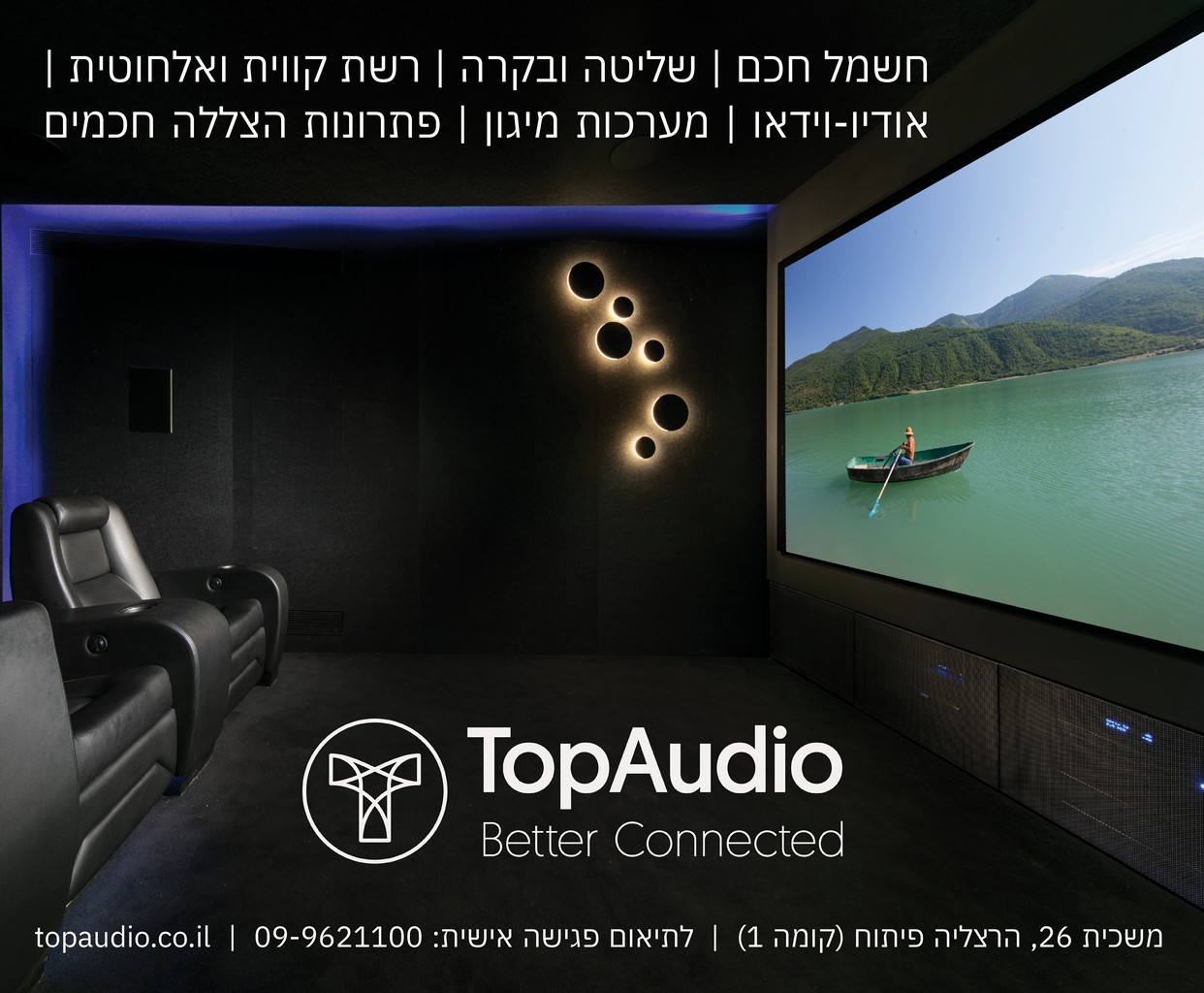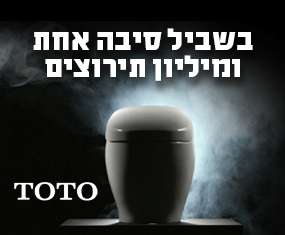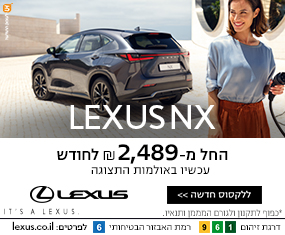In 2021, the South Korean automotive giant Hyundai announced the establishment of a new subsidiary called Supernal, with a commitment to fund it with approximately $1.5 billion. The result is an electric flying car, still in relatively early stages of development. At the end of the process, the vehicle is expected to reach its destination at a speed three to five times faster than a car, and according to Hyundai, at an affordable price.
The vehicle, temporarily named S-A1 eVTOL, is designed for five passengers – four and a pilot. However, when autonomous technology becomes available and receives the necessary approvals, it may be able to fly in the air without a pilot.
According to the manufacturer, the model is expected to include several features that will differentiate it from other aircraft that will be flying in the skies in the coming years. For example, Hyundai will assist its subsidiary in creating a comfortable flight experience, which the company claims is generally lacking in aircraft (unlike cars, where emphasis is placed on the passenger experience). From the published data, it appears that the vehicle will have a flight range of 60 miles (approximately 97 km), reach a speed of 180 miles per hour (about 290 km/h), be able to climb to an altitude of up to two thousand feet (about 600 meters), and require a very short charging time – only five to seven seconds. It is possible that for long flights, fuel cells based on methanol will be used.
The design places a strong emphasis on safety specifications: the vehicle is expected to include a Distributed Electric Propulsion (DEP) system, a number of rotors and thrusts around the frame to reduce specific failure points, and even a parachute for emergency situations. It is expected to receive certification in 2024, and predictions are that the first units may be on the market by 2028.
In conclusion: the most comfortable car in the sky.

